
With multilevel and multichannel customer interaction, no business can afford to lose sight of its brand. This is because your brand sets you apart in this cut-throat, competitive business world. It determines what your ideal customers talk about you, how they feel about your brand, and how they interact with your business. Is your brand walking the talk? A brand audit can be your answer.
A brand strategy requires deliberation on the brand name, story, purpose, branding elements, and tone of communication in your marketing collateral. However, maintaining consistency becomes increasingly difficult as your online presence grows. So, how would you know if your brand strategy is powerful and unique enough to realize your goals? Will your brand be able to serve and connect with your target customer in the long term?
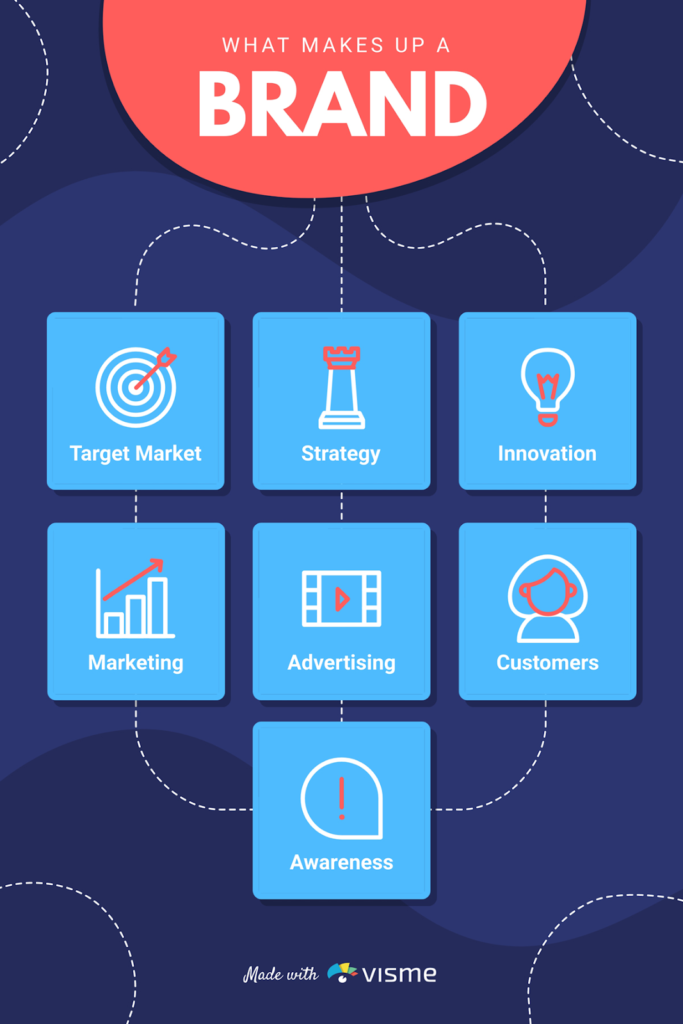
Conducting a brand audit is usually considered a stressful and time-consuming task. You may tend to defer the brand audit report to the subsequent quarter if you have the crippling fear of uncovering that your brand has gone off the rails. You may avoid discussing it when you don’t know what you will discover during the audit. It takes expertise and patience to analyze each aspect of branding and audit it accurately. First, let us understand what a brand audit is.
What Is a Brand Audit?
A brand audit is an assessment that allows you to evaluate the consistency of internal and external brand elements. Your brand mission, values, USP, purpose, brand culture, etc., constitute internal brand elements. The external components of a brand encompass visual aspects like its logo, font, website design, color, marketing collateral, communication, content marketing material, advertising, etc. Besides this, conducting brand audits helps you optimize crucial metrics like bounce rate, conversion rate, leads, etc., to achieve business goals.
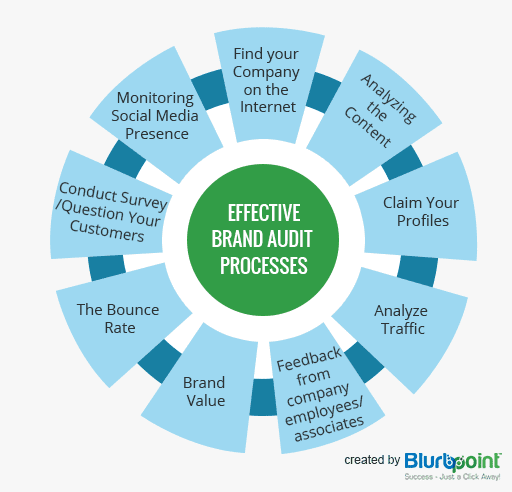
A descriptive brand audit report can give you insights to analyze if your brand’s purpose unifies with your strategy and goals. It reveals potential anomalies, user experience issues, and branding deficiencies. For example, your perception of your logo design may differ significantly from what users encounter while viewing your product packaging. It assists you in determining whether your brand’s purpose effectively correlates with the value proposition you offer, the quality of customer service, and your market position among your competitors. Moreover, it is an excellent way to bring all of your team members together and help them better understand your brand’s goals and direction.
When Do You Need a Brand Audit?
There is no doubt that you need a brand audit report on an annual basis to flourish as a brand. But, you may need it within a month or two under the following circumstances.
- The persona of your ideal customer has evolved.
- You have created a new product that caters to a different audience compared to your previous target market.
- There’s a recent acquisition that demands to rebranding.
- You have an all-new marketing team.
- You have incorporated too many new elements into the brand strategy.
- You and your team feel that something is off.
Conducting a Brand Audit: 9 Tips
You can audit your brand using the steps mentioned below.
1. Create an assessment architecture
The first step in conducting a brand audit starts with defining the purpose of the audit. To deduce conclusive actionable items, formulate a draft of questions on factors affecting brand identity and its general perception by your employees and management.
How do they interpret the processes and effectiveness of resources employed to uphold brand image? Who is the stakeholder and target customer in their eyes? What resources do you touch upon to collect primary data? How will you analyze the collected data to find loopholes and growth opportunities?
Consider the job half-done once you have an auditing architecture organized and laid out clearly. You can take help from freely available brand audit templates.
2. Go over your brand assets
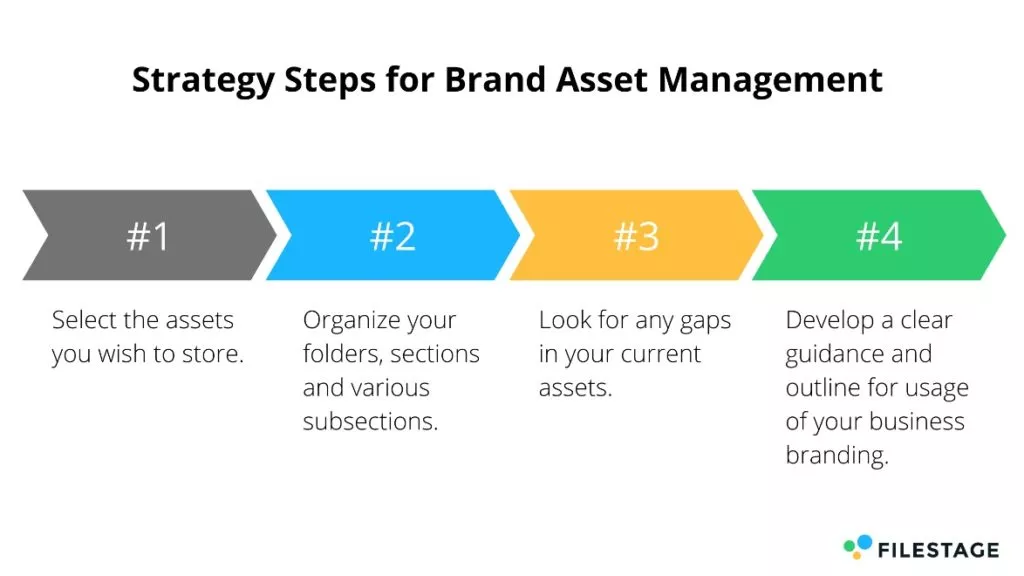
The second step is to define the persona of your ideal customer. Then assess if your brand logo, color, design, illustrations, marketing collaterals, website design, landing pages, etc., are addressing your target audience. Your brand audit report must include a clear description of your mission, story, and purpose, and how these assets help you convey your message and deliver value.
3. Collect internal feedback
The opinions and views of your employees and management about your brand are crucial factors in building a good brand image. They not only tell you how well they comprehend the brand, but they can also guide you in having your business reach its goals. The analysis of internal feedback in the brand audit report directly impacts the mission statement and purpose of the brand.
4. Organize external interviews
Stakeholders, key customers, and focus groups are those people who can share their opinions on what you have built so far. You have to note their demographic data while conducting a brand audit. Find answers to how often they visit your website or access you on social media. You must also note the product segments they have bought so far, and what their experience has been.
The next thing you have to do is to correspond their responses with your brand statement. It helps you identify if there is a consensus on the brand image between them. If not, determine how you will fix it. In order to encourage your clients to open up and speak freely, you should create a mix of multiple-choice and open-ended questions. Include questions based on their expectations from the brand, possible improvisations, and changes they would like to see. Descriptive answers by your customers would enrich your knowledge beyond mere statistics.
5. Analyze website traffic
You receive traffic from everywhere if you are an online business or an offline business listed online. But the entire world is not your target audience. You have to present the demographic data of your customer in your brand audit report. It enables you to analyze if your marketing endeavors have been targeting the right customer. What are the few locations that give you a returning customer? What is the feedback of your returning customer? Some key parameters you must add to your brand audit report include:
- Cart abandonment rate on your website
- Bounce rate on your landing pages
- A conversion rate of your marketing funnel
- The number of target customers from total website visitors
- Problems faced by your audience while exploring your website
6. Examine your content
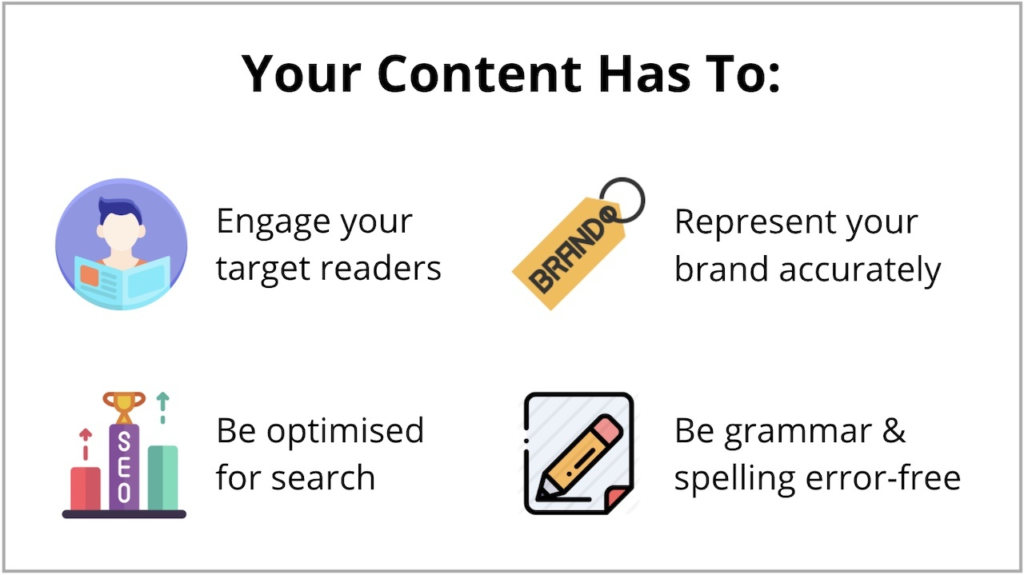
The most critical aspect of your business is the content you publish and share. It is the second direct way of conveying the tone and voice of the brand. An integral part of every marketing campaign or collateral is your content. You have to write content everywhere: from product packaging and digital and print ads to web content writing.
Not only that but the way you respond to negative customer feedback and criticism also says a lot about your brand. The tone and voice of your content rely hugely on the type of business, the persona of your target audience, and the way you want to present yourself. Your brand audit report must assess and analyze the content you produce throughout. It must match your brand image.
7. Monitor your social media engagement
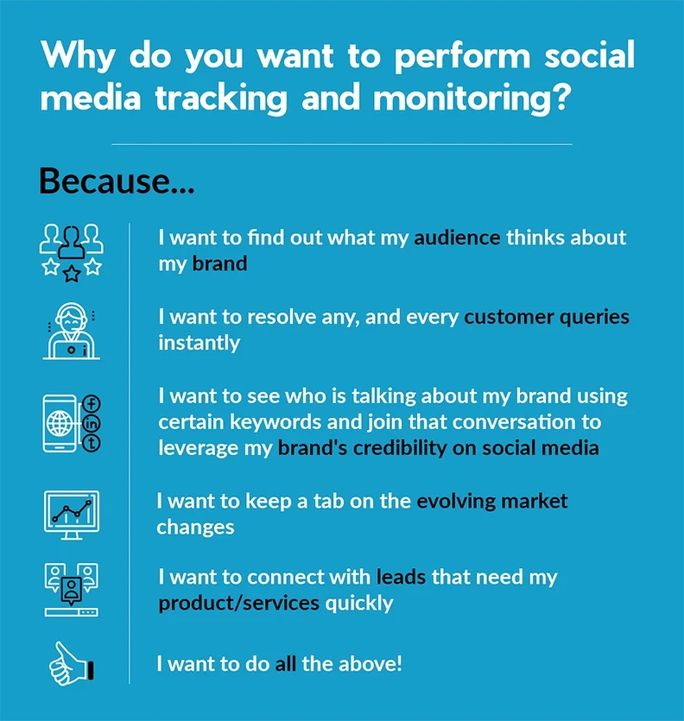
Another aspect of branding is your social media pages. Who you are and how you do what you do gets reflected through your presence on social media channels. You have to monitor your presence on all the channels to determine if it harmonizes with your brand. Your brand audit report must include the factors affecting trends in the customer engagement rate on social media channels, such as LinkedIn, Twitter, Instagram, YouTube, etc.
8. Design an action plan
Once you have collected and analyzed all the data and information you needed for drafting the brand audit report, the next step is to set a timeline for taking action. It will include design changes, staff training or education, technical modifications required on the website, and more. You must address each brand element individually and draft specific action steps. Moreover, you can create a brand guideline or manual so that your internal team can refer to it when required. Conducting a brand audit is impossible without a good team because you would need people who can present different perspectives against subjective assessment.
9. Monitor your progress
After completing your brand audit, you have to execute the action plan to mitigate issues and explore growth opportunities. For this, the A/B testing method is the best strategy. Take each brand element and test if solution A is better than solution B in a time-bound manner.
Most branding experts will advise you to perform an annual brand audit. It is a good practice to know that your business is moving on the right track. A brand audit report helps you acknowledge flaws in your overall business strategy and fix them before you lose your business to someone else. It enables you to position your brand accurately in the market and attract the right audience for your business.
Key Takeaways
- Before conducting brand audits, define each term related to your brand elements and assets.
- Analyze your brand mission, purpose, and identity, and check if each requires improvement or modification.
- Assess the visual elements individually, such as your brand logo, product packaging, marketing collateral, and website design.
- Collect data from customer feedback and interviews of your employees to figure out the discrepancies and the possibility of an upgrade.
- After analysis, create an action plan. Execute it and monitor its progress and effectiveness.

FAQs
It must include a brand strategy review, market research, external research, internal research, and employee feedback.
Most experts advise an annual brand audit report for any business. If your business keeps increasing its goals frequently, you may consider a brand audit twice a year. And if you are a consultant, solopreneur, or professional, you may conduct brand audits once in two or three years.
The primary brand elements include a brand voice, brand identity, brand image, culture, goals, and brand positioning.
A brand audit report helps you find strengths, weaknesses, lacunae, loopholes, and gaps in your business strategy. It also helps you place your brand accurately in the market.
Latest Blogs
Learn how to rank on AI search engines like ChatGPT, Perplexity, and Gemini by optimizing your content for authority, structure, and relevance. Stay ahead in AI-driven search with this strategic guide.
Explore the best healthcare SEO services for your medical practice. Improve online visibility and effectively reach more patients in need of your services.
Discover top social media agencies specializing in banking solutions, enhancing financial services and driving engagement.
Get your hands on the latest news!
Similar Posts

Branding
10 mins read
What Are Brand Guidelines, and How Do They Work?

Branding
8 mins read
Decoding the Branding Strategy of Patanjali

Branding
5 mins read